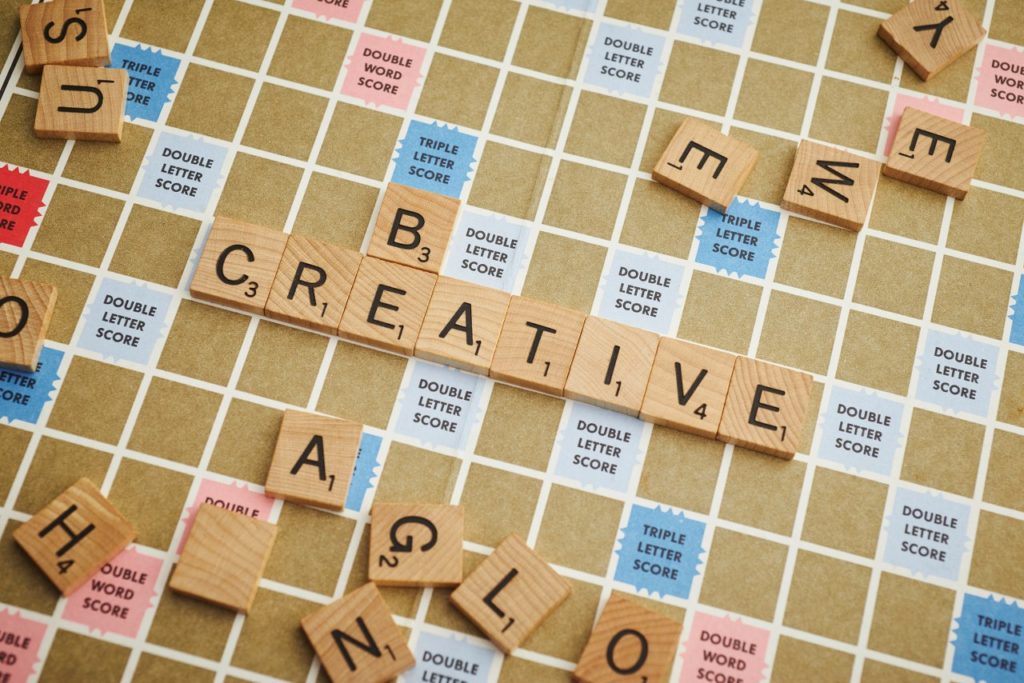游戏化设计在很多产品中都可以创造更多的体验,而同样也可以运用于教育产品,不管大人与小孩的天性都喜欢游戏,所以游戏能帮助学习的兴趣和学习动力。以下是我在辅导教育产品或课程设计时常见教育产品中运用游戏化的10个游戏元素。
(游戏元素 1)凝聚
当学习者进入一个团体,会产生团队合作的关联,将多位学员组成小队,鼓励队员形成凝聚力
(游戏元素 2)共识
运用讨论来达成团队共识,可以充分发挥跨界学习的优点。
(游戏元素 3)竞争
目的是完成任务成为胜利者,每个阶段将成绩排名作为一种刺激,形成正向竞争,能激发胜利的欲望。
(游戏元素 4)稀缺
是指学习过程想要得到某样东西,但是因为太稀少无法立刻获得,例如限制名额或是限时得到礼物。
(游戏元素 5)累积
学习者必须在指定的时间内有效采取行动而获得奖励,例如连续10日答题,或累计一段打卡时间。
(游戏元素 6)未知
不知道下一个会是什么,充满不确定性,所以很期待,例如“盲盒”或随机的抽牌。
(游戏元素 7)失去
给学习者一套规则,如果无法完成,就会失去。例如累积的纪录与成果。
(游戏元素 8)使命
让学习者拥有使命感,这是一种内在驱动因素,例如坠落到荒芜小岛展开冒险重返温暖的家的英雄之旅。
(游戏元素 9)积分
积分可以为学习者提供持续的动力,例如修完一节课可以获得10点,连续10天点数加倍或是得到徽章的机制设计。加入排行榜更可以激发竞争。
(游戏元素 10)情感
让学习者持续关注某个东西而产生拥有感,例如积分可兑换食物扶养小宠物的成长。
各位早安,功夫老师鼓励大家可以在课程演讲中或是团体活动中运用10种游戏元素自由组合搭配,让你创造无限乐趣。
Ten ways to use gamification to design educational products
Gamification design can create more experiences in many products, and it can also be used in educational products. Regardless of the nature of adults and children, they like games, so games can help learning interest and motivation. The following are 10 game elements that I use gamification in common educational products when I tutor education products or curriculum design.
(Game element 1) Cohesion
When a learner enters a group, there will be a teamwork association, and multiple learners will be formed into teams to encourage team members to form cohesion
(Game Element 2) Consensus
Using discussion to reach team consensus can give full play to the advantages of cross-border learning.
(Game element 3) Competition
The goal is to complete the task and become a winner. At each stage, the ranking of the results is used as a stimulus to form a positive competition and stimulate the desire for victory.
(Game element 4) Scarcity
It means that you want to get something in the learning process, but it is too scarce to get it right away, such as a limited number of places or a limited time to get a gift.
(Game Element 5) Accumulation
Learners must take effective actions within the specified time to be rewarded, such as answering questions for 10 consecutive days, or accumulating a period of check-in time.
(Game Element 6) Unknown
I don’t know what the next one will be. It is full of uncertainty, so I look forward to it, such as a “blind box” or a random draw.
(Game Element 7) Lost
Give learners a set of rules, if they can’t complete it, they will lose it. For example, accumulated records and achievements.
(Game Element 8) Mission
Let learners have a sense of mission, which is an internal driving factor, such as falling to a deserted island and embarking on an adventure to return to a warm home.
(Game element 9) Points
Points can provide continuous motivation for learners. For example, you can get 10 points after completing a lesson, double the points for 10 consecutive days, or get a badge. Joining the leaderboard can stimulate competition even more.
(Game Element 10) Emotion
Let learners continue to pay attention to something to have a sense of ownership, such as points can be exchanged for food to support the growth of small pets.
Good morning, everyone, I encourage everyone to use 10 game elements to freely mix and match in lectures or group activities, allowing you to create unlimited fun.
